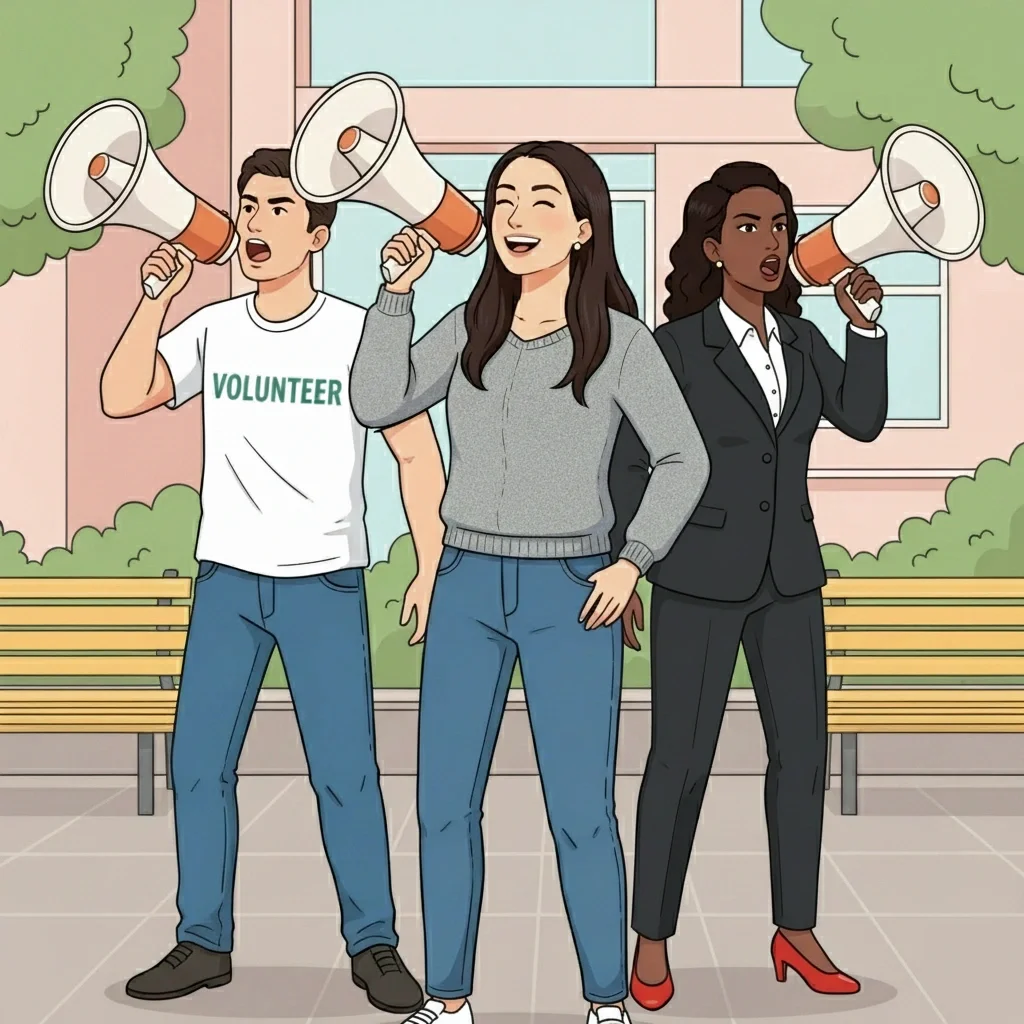October 2025
Beyond the Ask: Rethinking Your End-of-Year Campaign
From the desk of Rashel Maikhor Allswang:
As soon as fall arrives, I shift into end-of-year mode. Not because I’m setting my out-of-office (not yet!)—but because it’s the season to help our clients prepare their year-end appeals.
End-of-year giving is a crucial time for nonprofits. Between tax incentives, fiscal year deadlines, and the spirit of the holidays, it’s a prime opportunity to secure essential funding. But it’s also when donor inboxes are overflowing with other requests. So how do you stand out?
At Empowered Nonprofits, we help clients craft campaigns that do more than ask for support—they tell a story. A story that connects donors to the heart of your mission.
But here’s the truth: a successful end-of-year campaign isn’t built in a day—whether it’s Giving Tuesday or December 31. It’s the result of consistent, thoughtful stewardship throughout the year, paired with a smart, strategic approach when it’s time to make the ask.
Here are a few key pieces of advice I always return to—and put into practice with my clients
1. Start early and keep it personal.
During the summer, set aside time on your calendar (ideally between September and October) to connect one-on-one with your donors. Pull a list of your top and most engaged supporters, grab a few notecards, and send a handwritten thank-you. Or drop a quick email to check in and share an update. These small, genuine gestures make a big impact—and when your name appears in a donor’s inbox later, they’ll be far more likely to open it.
Pro tip: Bring notecards to your next board meeting and invite members to write a few notes too
2. Let different voices tell the story.
Most appeals are signed by the executive director—and that’s perfectly fine! But a little variety can make a big difference. Invite a board member, staff member, volunteer, or even a program participant to share their perspective. When your communications sound more human and less like a mass email, donors feel more connected and part of something real. I also like to weave different voices throughout the campaign—through testimonials, short video messages, and personal emails from board members. There are countless ways to make your appeal a true team effort.
3. Segment, segment, segment.
Use your data to make every interaction count. If someone attended your gala, reference it: “It was so great to see you at the event! Your gift helped us [insert specific outcome].” If someone just made their first gift, include a warm welcome. Personalization doesn’t have to be complicated—it just needs to show that you see and appreciate your donors.
4. Don’t forget the follow-up.
Once your campaign wraps, the work isn’t over. How you say thank you matters just as much as how you make the ask. The way you close the year sets the tone for what comes next—and can turn a one-time gift into lasting support. One of my favorite strategies is a “thank-a-thon” in the first quarter: calling donors who gave at year-end simply to say thank you, with no strings attached. It’s simple, but incredibly powerful.
At Empowered, we firmly believe that the magic happens where strategy, storytelling, and stewardship intersect. My goal is to help our clients feel confident and supported, so they can focus on building meaningful relationships rather than stressing over campaign logistics.
As you plan your end-of-year appeal, remember—it’s more than just a fundraising moment. It’s an opportunity to reflect on your accomplishments, celebrate your wins, thank your supporters, and invite them to continue fueling your mission.
You’ve got this.
In The Spotlight
This month, we were proud to support a series of meaningful moments across our client community — from the Northwestern Medicine Digestive Health Institute’s annual Golf Classic and their Medical Panel, to an intimate parlor meeting in Miami introducing new supporters to the Varda Institute, and a joyful gala with Camp Ben Frankel bringing together alumni, families, and friends.






